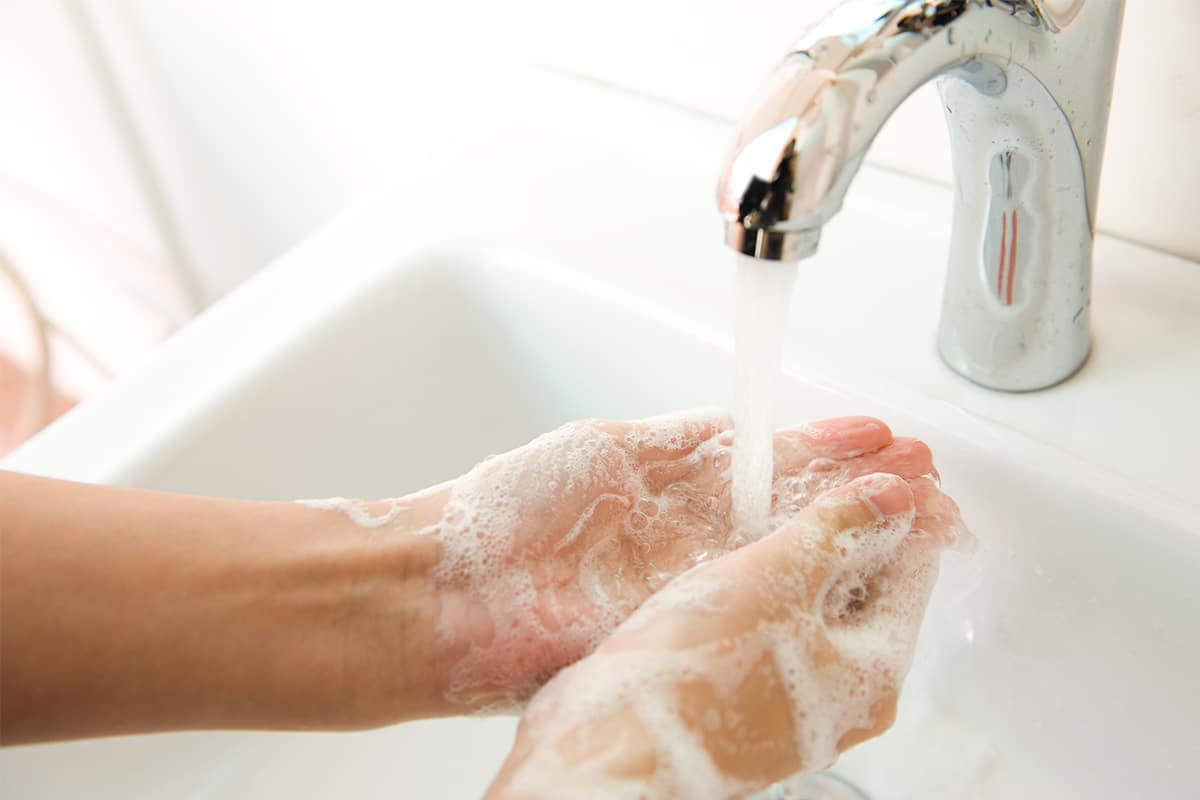How to Prevent Your Potable Water Cabinet From Freezing With Sensors



When snow and ice make their appearance each winter, airports must add tasks to their daily to-do lists to ensure the cold does not impact airline operations. And here in Northeast Ohio, we know a thing or two about freezing cold!
While deicing, anti-icing, and cold weather maintenance often take center stage, it’s important for facilities managers to consider often-overlooked tasks, like ensuring that no part of the potable water system freezes.
When the cabinet, water supply, or hose freezes, it prevents or delays takeoff as staff cannot get drinkable water into the plane. Often, facilities personnel must check the system manually and regularly to ensure nothing has frozen. This hinders employees’ daily schedules. The task is also often forgotten or not properly checked due to human error. Talk about leaks related to frozen hose / pipes and icing the tarmac which makes the gate unusable due to ice.
The modern (and best) way to handle this nuisance is with sensor technology. Embedded Planet provides technology products designed for this particular application that have 6-7 temperature sensors scattered throughout the cabinet. These sensors constantly monitor temperature and send information via Wi-Fi to the airport’s data system.
These sensors can also monitor whether the doors on the cabinet are open or closed. Occasionally, personnel leave a door ajar, which can cause cold or freezing temperatures. The sensors trigger an alert when the that person does not shut the door properly.
Another sensor monitors the flow of water, set to alert if water flow is not happening. Leak detector sensors on the bottom of the cabinet indicate broken pipes, loose nozzles, or any other leak-related disturbances. Finally, heater sensors monitor the pipe temperatures, wall temperatures, and performance of the heaters to ensure the cabinet is surveilled at every angle.
The sensors send this collected information to a central location, allowing you to make smarter decisions. For example, say you have a cabinet known to exhibit heater malfunctions at certain temperatures discovered by sensors. Facilities can replace these heaters before problems occur. You can also monitor which parts of the cabinet begin to malfunction at which temperatures, and use that information to prepare in advance for winter, or schedule extra on-call maintenance staff at certain weather conditions. This data when known, can be extremely valuable in helping to avoid downtime and prevent passenger interruptions.
Airlines can experience fewer flight delays and ensure clean water makes it onto every flight. All it takes is the power of sensors and the knowledge they provide.
Learn more about EP Sensor Technology applications in the airport!